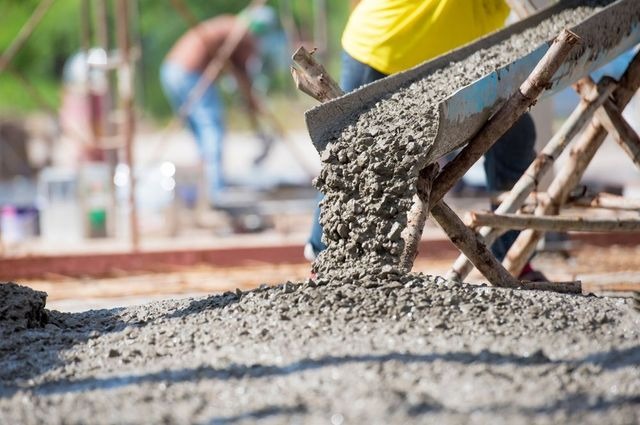In today’s world, where environmental concerns are growing more urgent, the way we build our homes is undergoing a major transformation. Eco-friendly home construction has moved from being a niche concept to a widely accepted standard for responsible living. By building a sustainable home, you not only reduce your environmental impact but also enjoy long-term savings and healthier living conditions. This guide explores the key aspects of eco-friendly home construction, helping you understand what it takes to create a green, energy-efficient sanctuary.
Eco-friendly home construction plays a crucial role in reducing carbon emissions, conserving natural resources, and improving indoor air quality. Traditional construction practices often involve materials and methods that harm the environment. From deforestation to excessive energy consumption, the conventional approach has long-lasting effects. In contrast, sustainable construction emphasizes resource efficiency, renewable energy use, and eco-conscious design, making it essential for combating climate change and promoting a greener future.
One of the cornerstones of eco-friendly construction is the selection of sustainable building materials. Recycled steel, reclaimed wood, bamboo, and precast concrete are excellent options that offer durability without damaging the planet. These materials are not only environmentally responsible but also reduce the carbon footprint associated with manufacturing and transportation. Using locally sourced materials further minimizes emissions and supports the local economy. Moreover, non-toxic paints, adhesives, and sealants help maintain healthier indoor air, protecting your family from harmful pollutants.
Design is a fundamental aspect of building an eco-friendly home. A smart, passive solar design can significantly reduce the need for artificial heating and cooling. By strategically placing windows and using thermal mass materials, your home can retain warmth in the winter and stay cool in the summer. Insulation also plays a critical role—using eco-friendly insulation materials like cellulose or sheep’s wool helps regulate indoor temperatures and lowers energy bills. Furthermore, energy-efficient windows, doors, and roofing materials contribute to maintaining a consistent indoor climate while minimizing energy consumption.
To further enhance sustainability, integrating renewable energy sources is essential. Solar panels are the most common choice for residential properties, providing clean energy and often generating surplus electricity that can be sold back to the grid. In some areas, homeowners also consider small wind turbines or geothermal systems, depending on the geographical location and local regulations. While the initial investment may seem high, government incentives and long-term savings on utility bills make renewable energy an attractive and responsible choice.
Eco-friendly homes also prioritize water efficiency. Installing low-flow faucets, toilets, and showerheads can drastically cut down water usage without compromising performance. Rainwater harvesting systems offer another smart solution, capturing and storing rainwater for landscape irrigation or even household use after proper filtration. Greywater recycling systems can also be integrated, reusing water from sinks and showers to flush toilets or water gardens. These systems not only conserve a vital resource but also reduce strain on local water supplies and lower utility costs.
An often-overlooked benefit of eco-friendly construction is its positive impact on health. Sustainable homes are designed to maximize natural light and ventilation, reducing the need for artificial lighting and minimizing exposure to indoor air pollutants. The use of non-toxic building materials further reduces the risk of respiratory issues and allergies. By eliminating harmful chemicals and embracing natural design elements, green homes promote mental and physical well-being for their occupants.
Investing in eco-friendly construction isn’t just about being environmentally conscious—it’s also a financially smart decision. Green homes tend to have higher property values and appeal to a growing number of eco-aware buyers. Additionally, lower energy and maintenance costs contribute to long-term savings, making these homes more cost-effective over time. With stricter environmental regulations likely in the future, homes that already meet or exceed green standards will hold a competitive edge in the market.
Eco-friendly home construction is more than just a trend—it’s a vital step toward a sustainable future. By making thoughtful choices in design, materials, and systems, homeowners can create spaces that are environmentally responsible, cost-efficient, and healthier to live in. As awareness grows and technology advances, building green has never been more accessible or more important. Start your journey toward a better home and a better planet today.

